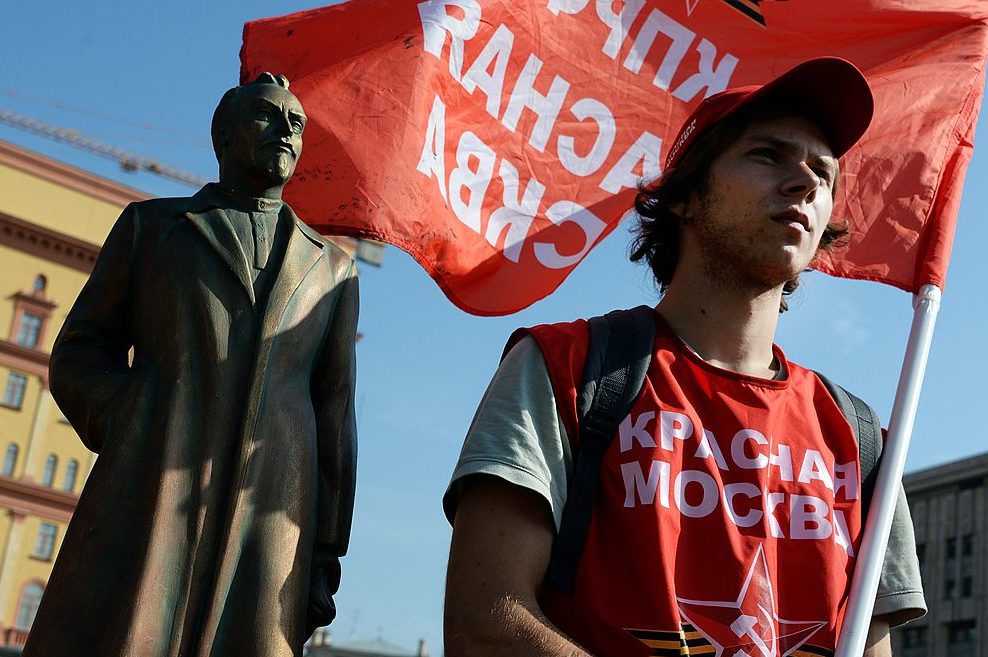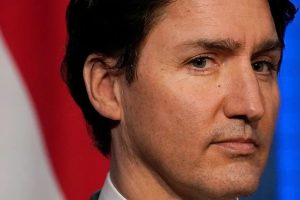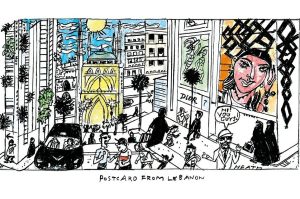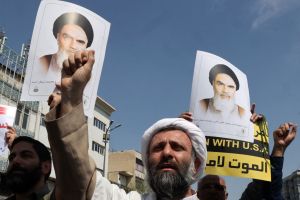In the West, activists debate which statue to topple next — but in Russia the situation is rather different. Felix Dzerzhinsky — ‘Iron Felix,’ founder of the Bolshevik secret police — looks like he may be coming home, 30 years after his statue was pulled down from its place in front of the KGB’s Lubyanka headquarters.
Dzerzhinsky, a Polish aristocrat turned revolutionary, was charged by Lenin in 1917 to form what was then called the All-Russia Extraordinary Commission to Combat Counter-Revolution and Sabotage — rather more concisely known as the Cheka after the Russian initials for ‘extraordinary commission’ — and lead it into the coming civil war. This would see the Bolsheviks in effect reconquer their country, but at phenomenal human cost.
The Cheka expropriated grain from the countryside to feed the city, at bayonet-point and regardless of the consequent rural famine. Three-man teams called ‘troikas’ acted as revolutionary judges, juries and executioners, summarily executing thousands of ‘enemies of the people.’ And while the Cheka was originally intended simply to be temporary, under Dzerzhinsky it became the GPU, the first in the rebrandings that would see the Soviet political police regularly change its name, but not step away from its bloody-handed and arbitrary methods.
Dzerzhinsky was a zealot, ‘a devout knight of the proletariat’ in Stalin’s words. His legacy can be measured not just in lives but also a political police apparatus without morals or constraints beyond enforcing the write of the Kremlin. (And a whole genre of black humor, including the Polish joke that Dzerzhinsky was the greatest of Poles. Why? Because he killed more Russians than any other Pole.)
In 1958, a 15-ton statue — appropriately enough made of iron — was erected in the wide square in front of the Lubyanka. Stern of gaze, one hand tucked inside his greatcoat, he watched over years of repression, stagnation, corruption and conspiracy.
In August 1991, though, a collection of hardliners — including the head of the KGB — launched a bungled coup against Mikhail Gorbachev and his reforms. Three days later it collapsed, and as news of the coup’s failure spread, a crowd gathered in Lubyanka Square. To the cry of ‘tear it down,’ they sought to topple Dzerzhinsky from his pedestal. He wouldn’t budge, until a council work crew hoisted him down with a crane.
For years he lay in a municipal lot, until the Muzeon Sculpture Park of the Central House of Artists became a retirement home for Soviet-era statuary.
Since then, Putin has presided over 20 years rehabilitating the so-called Chekists, and a deliberate campaign of historical reinvention. Individuals, institutions and moments that suit his narrative of a great power, safe and triumphant when it is united and strongly-led, have been stitched together to justify his rule.
There is clearly room here for Iron Felix. The KGB’s descendants of the Federal Security Service still call themselves Chekists. And just across the road from the Lubyanka, the iconic Globus bookshop has a section of books on Russian and Soviet intelligence history. Shelves groan with hagiographies of Dzerzhinsky, his contemporaries and his spiritual descendants.
Even back in 2013, almost twice as many Russians were in favor of restoring Dzerzhinsky to his place as against, but the Kremlin has always held back from this symbolically-charged move.
This time, though, the response to an open letter from an array of nationalist political and cultural figures calling for his return has been rather ambivalent. When presidential spokesman Dmitry Peskov was asked about it, he simply batted it away as a matter for the city authorities.
The petition describes Dzerzhinsky as a ‘controversial figure’ but argues that he represents a fitting monument to the ‘great and tragic era of revolutions and upheavals.’
However, the signatories and their supporters clearly have a more contemporary message in mind. Speaking to the newspaper Gazeta.Ru, for example, they suggested it would be a powerful warning to anti-government protesters.
This may well be the clinching argument, especially as Putin increasingly depends on his security apparatus.
If statue-toppling often looks like woke virtue-signaling in the West, statue-restoring in Russia may well be signaling of a rather different kind: a powerful statement not to mess with the Kremlin.
This article was originally published on The Spectator’s UK website.


















